How to Start and Succeed in the Machinery Export Business
How to Start and Succeed in the Machinery Export Business
The machinery export business is a dynamic and potentially lucrative sector that offers significant opportunities for entrepreneurs and companies alike. With the global demand for industrial and agricultural machinery constantly on the rise, there’s a huge market out there waiting to be tapped. However, succeeding in this industry requires a blend of knowledge, strategic planning, and adaptability. Here’s a comprehensive guide on how to get started and thrive in the machinery export business with TradeLink Solution.
Understanding the Market
Before diving into the machinery export business, it’s crucial to have a solid understanding of the global market. Different regions have varying demands based on their industrial activities, economic conditions, and technological advancements. For instance, while developing countries might have a high demand for affordable, robust machinery, more developed regions may seek cutting-edge, technologically advanced equipment.
Key Markets to Consider:
- Asia: With countries like China and India driving industrial growth, there’s a significant demand for both heavy and light machinery.
- Africa: As many African nations are in the process of industrialization, there’s a growing need for agricultural machinery and construction equipment.
- Europe and North America: These regions often seek high-quality, technologically advanced machinery that meets stringent environmental and safety standards.
Research and Compliance
The machinery export business is heavily regulated, and compliance with both local and international laws is essential. Researching the specific regulations of your target markets is a must. This includes understanding import/export laws, tariffs, and any trade agreements that might affect your business.
Key Compliance Areas:
- Export Documentation: Ensure all necessary documents, such as commercial invoices, packing lists, certificates of origin, and export licenses, are in order.
- Quality Standards: Adhering to international quality standards is crucial, especially in markets with stringent regulations.
- Shipping and Logistics: Understanding the logistics of shipping large machinery, including choosing the right shipping method (sea freight, air freight), is vital for ensuring timely delivery and cost management.
Building Strong Relationships
Success in the machinery export business often hinges on building strong, reliable relationships with manufacturers, suppliers, and buyers. Establishing trust and reliability can lead to long-term contracts and repeat business, which are crucial for sustained growth.
Tips for Building Strong Relationships:
- Networking: Attend industry trade shows and exhibitions to meet potential clients and suppliers. Networking helps in understanding market trends and forming valuable connections.
- Local Partnerships: Consider partnering with local agents or distributors who understand the market dynamics and can help navigate regulatory and cultural differences.
- Customer Service: Offering excellent customer service, including after-sales support and timely communication, can set your business apart from competitors.
Marketing and Sales Strategies
Effective marketing and sales strategies are critical in the machinery export business. The goal is to reach potential buyers, demonstrate the value of your machinery, and close deals efficiently.
Marketing Channels to Explore:
- Online Presence: Having a professional website with detailed product information, testimonials, and case studies can attract international buyers. Consider utilizing SEO and online advertising to increase visibility.
- Trade Shows: Participating in international trade shows can provide direct access to potential buyers and offer opportunities to showcase your machinery.
- Direct Sales: Establish a dedicated sales team that can handle direct inquiries, provide quotations, and negotiate contracts with potential clients.
Financial Planning and Risk Management
The machinery export business requires substantial financial planning due to the high costs involved in manufacturing, shipping, and compliance. Additionally, international trade comes with inherent risks, such as currency fluctuations, political instability, and payment defaults.
Key Financial Considerations:
- Pricing Strategy: Develop a pricing strategy that covers all costs while remaining competitive in the target market. Consider factors like shipping costs, tariffs, and local taxes.
- Insurance: Invest in export credit insurance to protect against payment defaults and political risks. This is especially important when dealing with new or high-risk markets.
- Payment Terms: Negotiate favorable payment terms with buyers. Using secure payment methods like Letters of Credit (LC) can reduce the risk of non-payment.
Adapting to Changes
The global machinery market is constantly evolving, driven by technological advancements, changing regulations, and shifting economic conditions. To stay competitive, it’s essential to stay informed about industry trends and be willing to adapt your business strategy accordingly.
Adapting Strategies:
- Innovation: Stay ahead of the curve by offering machinery that incorporates the latest technology. This can be a significant selling point, especially in developed markets.
- Sustainability: With a growing global focus on sustainability, offering eco-friendly machinery can open new market opportunities and meet increasing regulatory requirements.
- Flexibility: Be prepared to adjust your business model, whether it’s diversifying your product range, exploring new markets, or shifting your supply chain to reduce costs.
Top Countries and Companies in Machinery Manufacturing
When considering the machinery export business, it’s essential to know the leading countries in machinery manufacturing. Here’s a list of top countries along with their most prominent machinery manufacturers, which can serve as potential partners or sources.
Germany
- Siemens – www.siemens.com
- Bosch – www.bosch.com
- DMG Mori – www.dmgmori.com
China
- Sany Group – www.sanyglobal.com
- Zoomlion – www.zoomlion.com
- XCMG – www.xcmg.com
United States
- Caterpillar – www.caterpillar.com
- John Deere – www.deere.com
- General Electric (GE) – www.ge.com
Japan
- Mitsubishi Heavy Industries – www.mhi.com
- Komatsu – www.komatsu.com
- Hitachi Construction Machinery – www.hitachicm.com
Italy
- CNH Industrial – www.cnhindustrial.com
- Fiat Powertrain Technologies – www.fptindustrial.com
- Tenova – www.tenova.com
South Korea
- Doosan Infracore – www.doosaninfracore.com
- Hyundai Heavy Industries – www.hhi.co.kr
- Samsung Heavy Industries – www.shi.samsung.co.kr
Taiwan
- HIWIN Technologies Corp. – www.hiwin.com
- Foxconn (Hon Hai Precision Industry Co., Ltd.) – www.foxconn.com
- Acer Machinery – www.acermachinery.com
Switzerland
- ABB Group – www.abb.com
- Georg Fischer – www.georgfischer.com
- Bühler Group – www.buhlergroup.com
India
- Bharat Heavy Electricals Limited (BHEL) – www.bhel.com
- Tata Motors – www.tatamotors.com
- Larsen & Toubro – www.larsentoubro.com
Brazil
- Embraer – www.embraer.com
- WEG Industries – www.weg.net
- Marcopolo S.A. – www.marcopolo.com.br
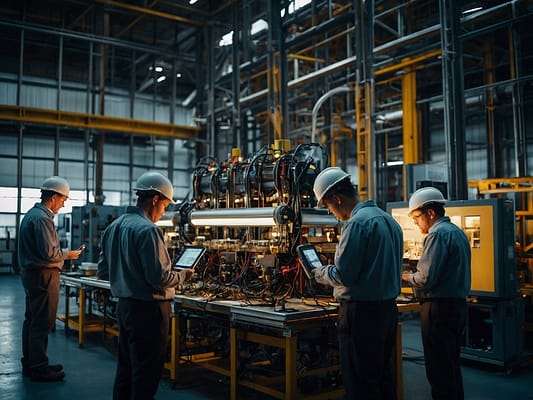
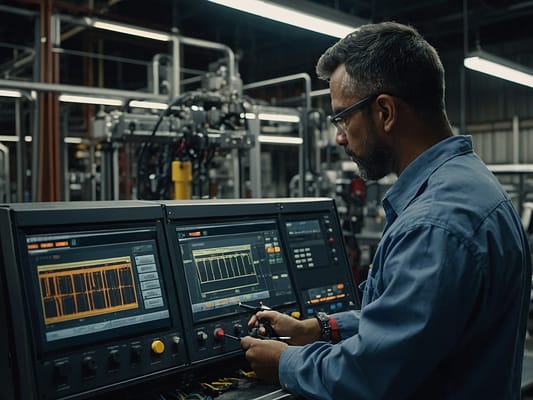



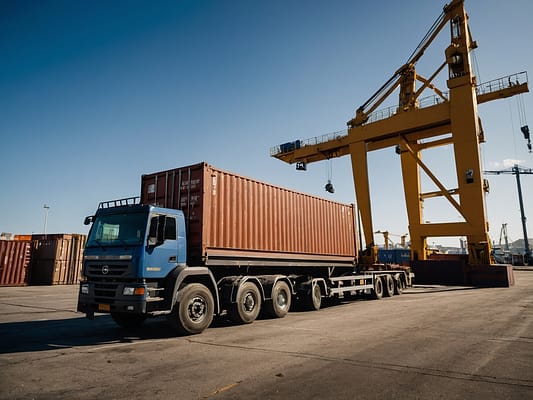

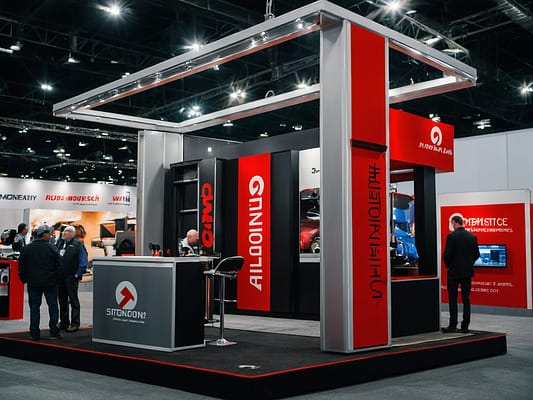

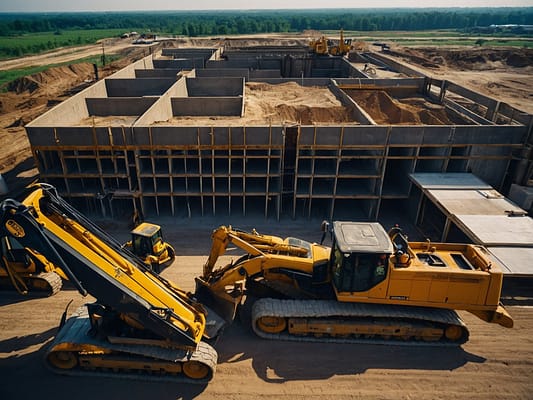
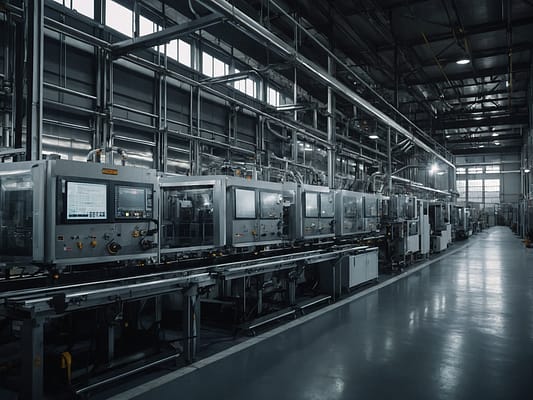
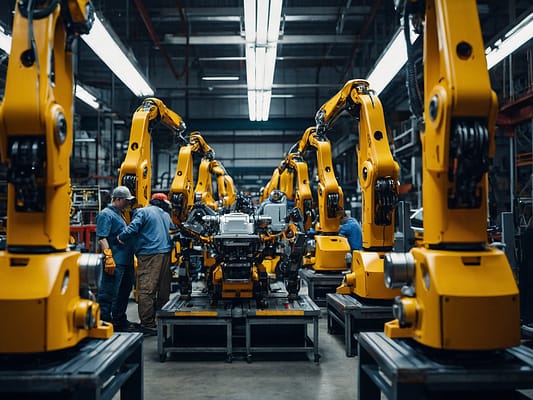
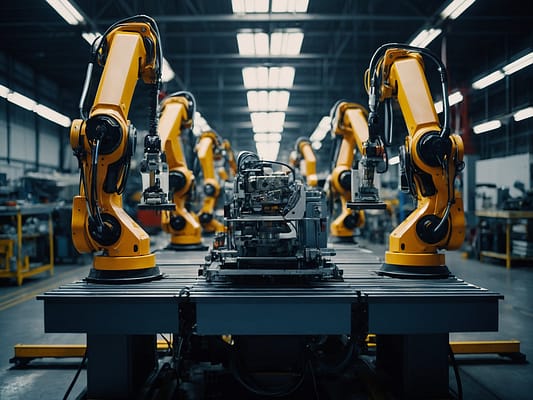
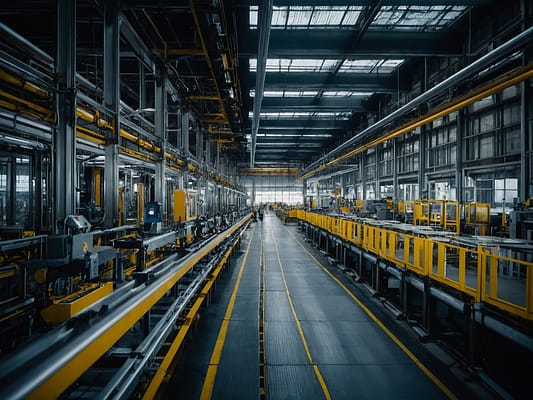

Best-Selling Machinery in 2024: A Global Overview
As of 2024, the machinery market is being shaped by several global trends, including technological advancements, sustainability initiatives, and the ongoing industrialization of emerging markets. Here’s a look at the best-selling machinery in 2024 from some of the top manufacturing countries, along with an explanation of why they are in high demand and what they are used for.
-
Germany: Industrial Automation Equipment
- What It Is: Industrial automation equipment includes robotics, control systems, and software that help automate manufacturing processes.
- Why It’s a Best-Seller: There is a significant push towards Industry 4.0, where smart factories and automation are becoming the norm. German machinery is highly regarded for its precision and reliability, making it the go-to choice for companies worldwide looking to upgrade their manufacturing processes.
- Use Case: These machines are used in various industries, including automotive, electronics, and general manufacturing, to enhance efficiency, reduce human error, and increase production speed.
-
China: Electric Vehicles (EV) Manufacturing Equipment
- What It Is: This category includes machinery used in the production of electric vehicles, such as battery assembly lines, electric motor manufacturing, and EV chassis production equipment.
- Why It’s a Best-Seller: With the global shift towards electric vehicles driven by environmental concerns and government regulations, there is soaring demand for machinery that supports EV production. China, being a major player in the EV market, is exporting this machinery to countries looking to expand or establish their EV manufacturing capabilities.
- Use Case: These machines are essential for automakers transitioning from internal combustion engines to electric powertrains, focusing on sustainability and meeting emission standards.
-
United States: Aerospace Manufacturing Machinery
- What It Is: Aerospace manufacturing machinery includes equipment used for producing aircraft components, such as precision milling machines, composite material processing systems, and automated assembly lines.
- Why It’s a Best-Seller: The aerospace industry is seeing a resurgence in 2024, with increased demand for both commercial and military aircraft. The U.S. leads in aerospace technology, and its machinery is favored for its advanced capabilities and adherence to strict safety and quality standards.
- Use Case: These machines are used in the production of aircraft parts, including wings, fuselage sections, and engines, catering to both commercial airlines and defense contractors.
-
Japan: Robotics for Manufacturing
- What It Is: Robotics for manufacturing includes industrial robots that can perform tasks such as welding, painting, assembly, and material handling with high precision and speed.
- Why It’s a Best-Seller: Japan has always been at the forefront of robotics, and in 2024, there is an even greater emphasis on automating manufacturing processes to overcome labor shortages and improve productivity. Japanese robots are renowned for their durability, precision, and technological sophistication.
- Use Case: These robots are extensively used in automotive manufacturing, electronics production, and other high-tech industries, where precision and efficiency are critical.
-
Italy: Food Processing Machinery
- What It Is: Food processing machinery includes equipment for handling, preparing, cooking, and packaging food products, such as pasta machines, meat processors, and bottling lines.
- Why It’s a Best-Seller: Italy is known for its high-quality food processing machinery, and with the global food industry growing, particularly in emerging markets, there is strong demand for reliable and efficient equipment. Italian machines are favored for their design, reliability, and ability to handle a variety of food products.
- Use Case: These machines are used in the food and beverage industry to process raw ingredients into finished goods, including pasta, canned goods, and beverages.
-
South Korea: Semiconductor Manufacturing Equipment
- What It Is: Semiconductor manufacturing equipment includes photolithography machines, wafer fabrication equipment, and testing and packaging systems used in the production of semiconductors.
- Why It’s a Best-Seller: The semiconductor industry continues to expand in 2024, driven by the demand for chips in everything from consumer electronics to electric vehicles and AI applications. South Korea, home to tech giants like Samsung, is a key supplier of this machinery, which is crucial for maintaining the global supply of semiconductors.
- Use Case: These machines are critical in the production of microchips, which power a wide range of electronic devices, from smartphones to data centers.
-
Taiwan: CNC Machines
- What It Is: Computer Numerical Control (CNC) machines are automated tools that precisely control machining processes using pre-programmed software. They are used in cutting, milling, drilling, and other manufacturing processes.
- Why It’s a Best-Seller: Taiwan is a leader in producing cost-effective yet high-quality CNC machines. In 2024, there is strong demand for these machines across various manufacturing sectors due to their ability to produce complex parts with high precision and minimal waste.
- Use Case: CNC machines are widely used in industries such as automotive, aerospace, and electronics for creating intricate components from metal, plastic, and other materials.
-
Switzerland: Medical Device Manufacturing Equipment
- What It Is: Medical device manufacturing equipment includes machinery for producing medical implants, diagnostic devices, surgical instruments, and other healthcare-related products.
- Why It’s a Best-Seller: With an aging global population and increased healthcare spending, the demand for medical devices is on the rise. Swiss machinery is known for its precision and ability to meet the stringent regulatory standards required in the medical field.
- Use Case: These machines are used to manufacture critical healthcare products, such as pacemakers, artificial joints, and diagnostic machines, ensuring they meet high safety and quality standards.
-
India: Agricultural Machinery
- What It Is: Agricultural machinery includes tractors, harvesters, irrigation systems, and other equipment used in farming and food production.
- Why It’s a Best-Seller: India’s agricultural sector is one of the largest in the world, and in 2024, there is increasing demand for modern farming equipment to boost productivity and sustainability. Indian machinery is sought after in both domestic and international markets due to its affordability and effectiveness.
- Use Case: These machines are essential for modernizing agriculture, helping farmers increase yields, reduce labor, and improve the efficiency of food production.
-
Brazil: Construction Machinery
- What It Is: Construction machinery includes equipment such as excavators, bulldozers, cranes, and concrete mixers used in building infrastructure.
- Why It’s a Best-Seller: Brazil is experiencing growth in infrastructure development, driven by both government initiatives and private investment. In 2024, construction machinery is in high demand as the country focuses on expanding its transportation networks, housing, and industrial facilities.
- Use Case: These machines are vital for large-scale construction projects, including road building, urban development, and mining operations.
Success Stories in Machinery Export
Understanding the practical applications of strategies can be immensely helpful. Here are a few case studies of companies that have successfully navigated the machinery export business:
-
Caterpillar’s Expansion in Emerging Markets
Caterpillar, a U.S.-based heavy machinery giant, successfully expanded its operations into emerging markets like India and Brazil. By adapting its products to meet local needs and investing in local manufacturing, Caterpillar secured significant market share, demonstrating the importance of local adaptation and investment. -
Siemens’ Digitalization Drive
Siemens, a German multinational, has led the charge in integrating Industry 4.0 technologies into its machinery. By offering digital solutions alongside traditional machinery, Siemens has positioned itself as a leader in industrial automation, showcasing the power of innovation and technology integration. -
Komatsu’s Sustainable Mining Equipment
Japanese manufacturer Komatsu focused on developing sustainable mining equipment to meet the rising global demand for eco-friendly machinery. By investing in electric and hybrid machinery, Komatsu attracted environmentally conscious customers, illustrating the growing importance of sustainability in the machinery industry.
Steps to Start a Machinery Export Business
For those ready to embark on the journey, here’s a step-by-step guide:
-
Market Research:
- Identify demand in specific regions and sectors.
- Analyze competitors and potential customer needs.
-
Legal and Regulatory Compliance:
- Understand export laws and regulations in both your home country and target markets.
- Obtain necessary licenses and certifications.
-
Supplier and Manufacturer Selection:
- Choose reliable manufacturers that meet quality standards.
- Establish contracts that detail quality, pricing, and delivery terms.
-
Logistics Setup:
- Decide on the most cost-effective and reliable shipping methods.
- Partner with logistics providers who specialize in heavy machinery.
-
Marketing and Sales Strategy:
- Develop an online presence with a professional website.
- Participate in trade shows and build a direct sales team.
-
Financial Planning:
- Set competitive yet profitable pricing.
- Secure export credit insurance and negotiate favorable payment terms.
-
Scaling Your Business:
- Once established, explore new markets and expand your product range.
- Continuously adapt to market trends and customer feedback.
Challenges and How to Overcome Them
The machinery export business comes with its share of challenges:
-
Supply Chain Disruptions:
- Solution: Diversify your supplier base and build strong relationships to avoid reliance on a single source.
-
Regulatory Compliance:
- Solution: Stay updated with the latest regulations and work with local legal experts in your target markets.
-
Fluctuating Demand:
- Solution: Develop a flexible production strategy that allows you to scale up or down based on market conditions.
-
Currency Risks:
- Solution: Use hedging strategies to protect against currency fluctuations, and price contracts in stable currencies where possible.
Emerging Trends in Machinery Export
Stay ahead of the curve by keeping an eye on these emerging trends:
-
Rise of Smart Manufacturing:
- Increasing demand for machinery that integrates IoT, AI, and automation.
-
Sustainability in Machinery:
- Growing preference for eco-friendly machinery that meets global environmental standards.
-
Digital Platforms for Trade:
- Use of online platforms and digital tools to streamline the export process and reach new markets.
Best Practices for Export Documentation and Compliance
Efficient handling of documentation is crucial:
-
Essential Documents Checklist:
- Commercial invoice, packing list, certificate of origin, export license, bill of lading, and insurance documents.
-
Avoiding Common Mistakes:
- Double-check all documentation for accuracy and completeness to avoid delays and fines.
-
Navigating Regulations:
- Work with local experts to ensure compliance with both international and local laws.
Tools and Resources for Exporters
Leverage these tools to streamline your operations:
-
Export Management Software:
- Tools like Export Genius and TradeLink Solution can help manage documentation and compliance.
-
Trade Resources:
- Utilize government resources like export.gov or the International Trade Administration for up-to-date information and support.
-
Industry Associations:
- Join organizations like the Machinery and Equipment Manufacturers Association (MEMA) for networking and insights.
Sustainability and Ethical Considerations
With growing global focus on sustainability, consider these practices:
-
Ethical Sourcing:
- Work with manufacturers who adhere to ethical labor practices and environmentally friendly production methods.
-
Eco-Friendly Machinery:
- Offer machinery that meets environmental standards, such as energy-efficient or electric models.
-
Sustainable Business Practices:
- Implement sustainable practices in your operations, from logistics to packaging.
Future Outlook for the Machinery Export Industry
Looking ahead, the machinery export industry is poised for continued growth:
-
Growth Areas:
- Expect increased demand in automation, electric vehicles, and renewable energy sectors.
-
Potential Risks:
- Keep an eye on geopolitical tensions, trade wars, and global economic instability, which could impact demand.
-
Opportunities:
- Emerging markets in Africa and Southeast Asia offer significant growth potential for exporters willing to invest and adapt.
The machinery export business offers vast opportunities, but it also comes with its challenges. By following the strategies and best practices outlined in this guide, you can position your business for success in this competitive industry. Remember to stay informed about market trends, build strong relationships, and adapt to changes in the global landscape.
If you’re ready to start or expand your machinery export business, don’t hesitate to contact us at TradeLink Solution for consulting services, subscribe to our newsletter for the latest industry updates, or download our free guide to machinery exporting. Your journey to success in the machinery export industry starts now!
By integrating these elements, the blog will be comprehensive, informative, and optimized for search engines, making it a valuable resource for anyone interested in the machinery export business.



